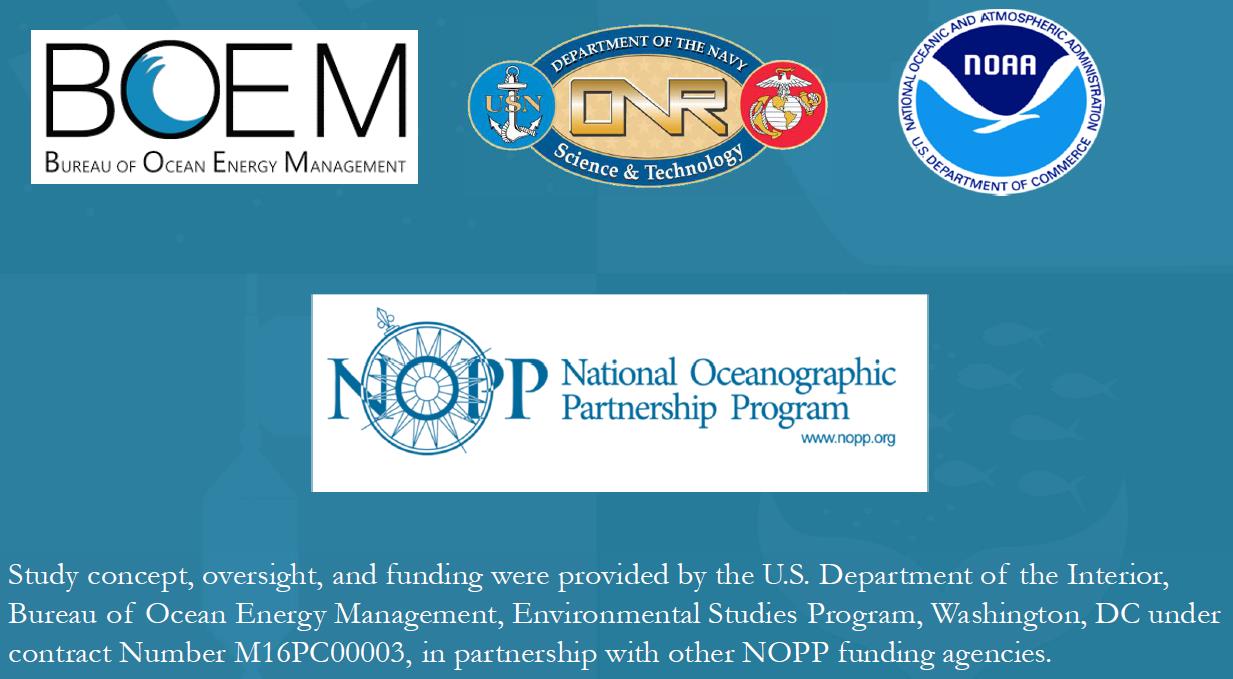Submitted by Carmen Lawrence of JASCO from the R/V Armstrong underway to the first research stop, Virginia Inter-Canyon (VAC).
Safety first! The crew aboard the Neil Armstrong put us to the test today by running us through the emergency protocol of what to do in case of a fire or an abandon ship situation. A piercing tone means grab your life jacket and immersion suit (very flattering on all body types) from your cabin and head to the muster station. A designated crew member does a head count to ensure every person is accounted for. The team did very well, all mustered in 3 minutes (we’re pros already)!
Drills are important on ships, because if there is an actual emergency on board, the team needs to know where to go without hesitation. Repeatedly practicing escape routes creates muscle memory that mitigates any initial panic which may occur in a real emergency. Therefore, we practice!
|
As we approach our first station, the team is also gearing up for calibrations. We calibrate equipment prior to deployment to ensure the data is as accurate as possible. Yay, science! Hilary and Jen are hard at work preparing to calibrate the echosounders, which will be deployed on the landers. They look like they’re having way too much fun. They’ve been hooting and howling at their transducers when they see the signal reflections from the lab walls and ceiling – very startling to everyone else in the main lab! We’re scared.
|
|


